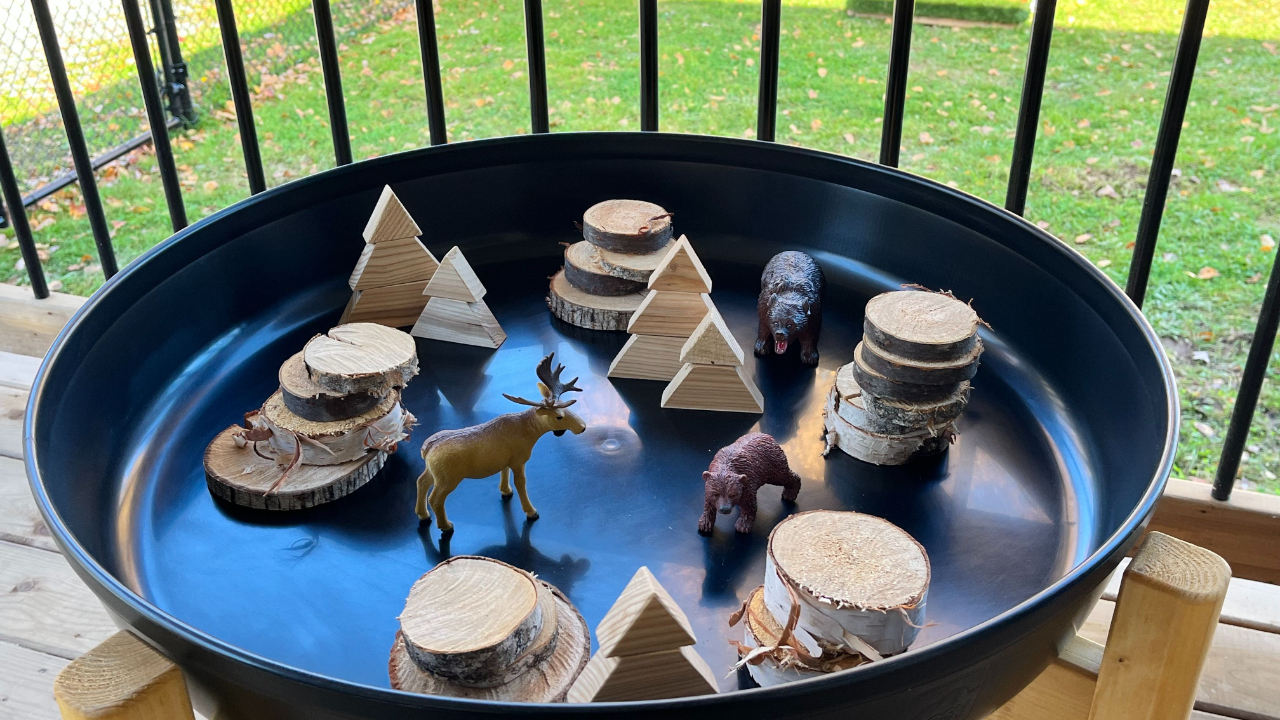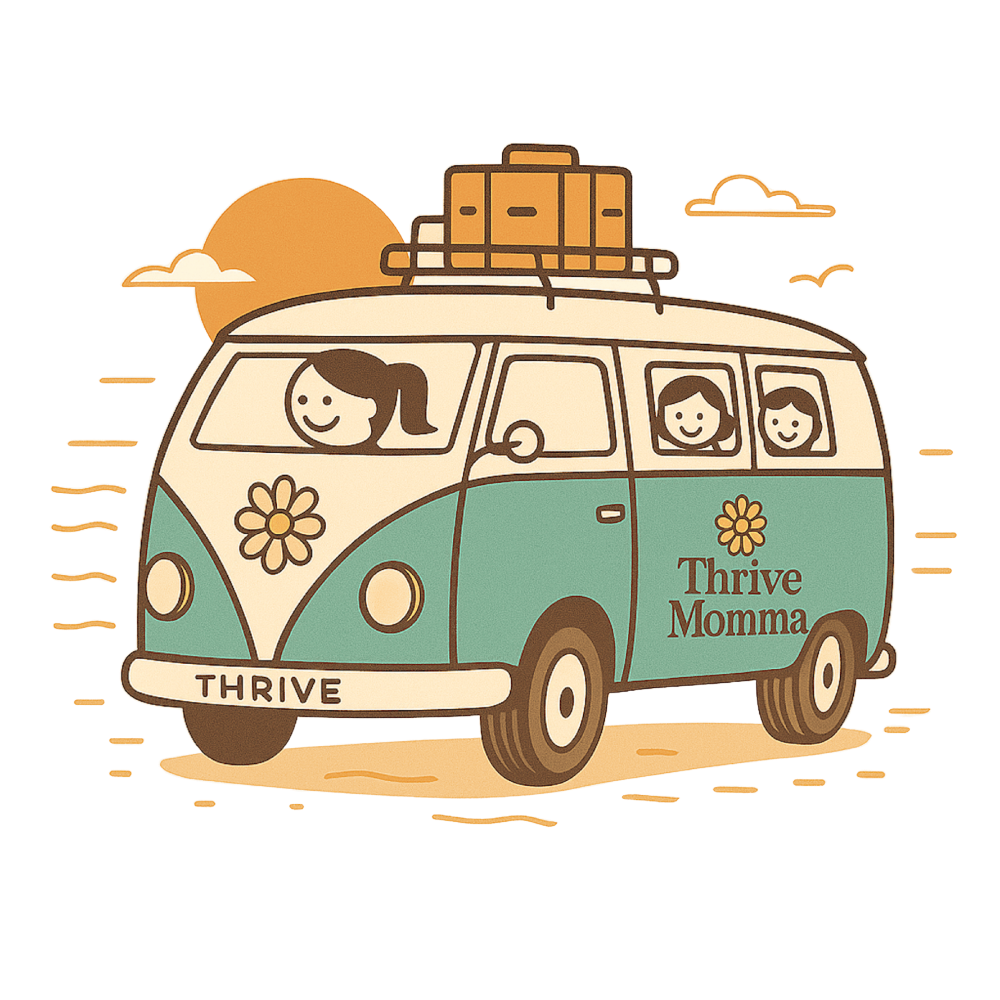
“Play is the work of the child.” Many people connect this idea to educator Maria Montessori. It sounds simple, but it changes how we see learning.
A day that gave me hope
Yesterday I went to the opening of a new daycare. It was lovely—and much needed. A strong, government-supported centre helps families live and work in our community. Kudos to the founders for focusing on what’s possible instead of what’s hard.
As I walked through the space, my heart grew three sizes. The rooms were beautiful, but the people were what moved me most. They were kind, calm, and child-centred. They cared about relationships first. It reminded me of Maya Angelou’s famous line: people will forget what you said or did, but they will never forget how you made them feel. One of the staff had been my teen’s play-school teacher years ago. My daughter still talks about their little “expeditions.”
The day was bright and crisp. Fall colours glowed. Children ran and laughed. It felt like hope. This wasn’t just a ribbon cutting. It was a celebration of community and the future we want.
Wise words that still fit
My son’s playschool teacher liked to tell the story of how she started the job 35 years ago. She loved children—and she could make binoculars from toilet paper rolls so kids could go on “journeys of discovery.” On my first visit to the old centre, she shared her favourite quote: “The work of a child is play.” People often link this to Montessori and Jean Piaget. Both believed play is not a break from learning. It is learning.
Fred Rogers said something similar: “When kids play, they’re learning in ways that books alone can’t teach.” Alexander Graham Bell believed a child’s natural desire to play should be used as a method for learning. This playschool teacher still goes to every high school graduation, and the grads still fight over who is president of her fan club.
Why play matters
Play isn’t a time-out from school skills. It’s the way young children build their bodies, brains, and friendships. In a good classroom, play isn’t filler—it’s the method.
Think of play like a small science lab:
- Children plan experiments: “I’m the dragon; you’re the astronaut.”
- They test ideas: “Does this rule work?”
- They notice what happens: a face that says “nope,” a rule that needs a change.
- They try again.
That is real work.
Play grows language (and language grows readers)
Strong reading starts with strong oral language. Before children can read, they need lots of words, full sentences, and a storehouse of knowledge about the world. Where do they get all that practice? In play.
During play, kids:
- Talk a lot—they explain, ask, and tell stories.
- Negotiate—they share, take turns, and fix conflicts.
- Imagine—they hold a role (“vet”), follow rules (“no real shots”), and build a storyline.
These actions train the brain to focus, remember, and shift gears. They also stretch vocabulary and story skills. All of this feeds reading and writing later on.
How play feeds early literacy
Here are three clear links:
- Narrative skill
Make-believe stories look like book stories: characters, problems, solutions. The better kids get at telling a story out loud, the easier reading comprehension becomes later.
- Print with a purpose
When we add real-world print to play (signs, menus, labels, tickets), children use reading and writing naturally. They “read” an Open/Closed sign or write a “receipt.” This builds print awareness in a fun, useful way.
- Vocabulary growth
Themed play invites precise words: stethoscope, receipt, reservation. Big words stick when kids use them in a game that matters to them.
What it looks like in real life
Create simple, rich spaces and use gentle adult support.
Set the stage (environment):
- Add labels, lists, signs, menus, or tickets.
- Keep pencils, paper, and clipboards close by.
- Offer a few props that invite talk (stuffies for a clinic, boxes for a store).
Adult moves (guided, not bossy):
- Model strong sentences: “You’re checking the dragon’s heartbeat. That’s careful.”
- Ask planning questions: “What rule keeps patients safe?” “How will people know we’re open?”
- Keep invisible rails: simple roles, time limits, and kind rules that make the game safe and challenging.
- Encourage, “I wonder …” statements and ask children what they wonder about. For instance, when rolling cars down a ramp, the adult says, “hmmm, I wonder how that car could go faster.” And voila, you have a hypothesis: The car will roll faster down steeper ramps. Conclusion: increasing the ramp angle affects the car's speed. (Fast forward to grade 6 science class: greater height converts more gravitational potential energy into kinetic energy, resulting in a shorter travel time.
- While painting, I wonder how you can make different colours?
Language-to-literacy bridge:
- Try story dictation: “Tell me the story; I’ll write it.”
- Make class or family books from play stories.
- Use sign-in sheets, maps, or schedules for the game.
Self-control practice:
- Build in constraints: “Chefs must check orders.”
These little rules help kids wait, stop, and switch—skills they’ll use during seat work later.
A plain-language way to explain it
One line:
Play is how children practice the language, self-control, and problem-solving that make reading and school possible.
Thirty seconds:
When children play, they talk more and tell longer stories. They plan, wait, share, and fix conflicts. Research shows those language skills and self-control are the scaffolding for reading and writing. If we want strong readers, we should protect and design for rich, guided play—not replace it.
A simple plan you can try this week
You don’t need fancy toys. You need paper, a marker, and a few minutes.
- Watch for 2 minutes. See what your child is trying to do—run a café, build a city, or be a dragon.
- Name what you see. “You’re taking orders and checking them off.”
- Add one sign. Write Open/Closed, Menu, Clinic Rules, or Bus Schedule. Tape it up.
- Ask one planning question. “How will customers know we’re open?”
- Give a tiny challenge. “Can you take three orders and remember them?”
- Tell a three-line story. Beginning, Middle, End. Write it down or voice-note it.
- Celebrate and stop early. Quit while it’s fun.
In short
Play-based learning is not recess. It’s an evidence-aligned way to reach literacy and whole-child goals—joyfully and effectively. When we protect play, we build language, self-control, and community. Yesterday’s opening reminded me of that truth. The space was beautiful, but the people were the magic. They were ready to take on the work of the child—and that gives me hope.
Join in on the Community chat
Tell us about your children's experiences learning through play.
Get in on the Discussion. Your voice matters. Thrive Momma is about joining the conversation — sharing stories, laughter, and wisdom with moms who get it.
Stay connected with news and updates!
Join our mailing list to receive the latest news and updates from our team.
Don't worry, your information will not be shared.
We hate SPAM. We will never sell your information, for any reason.

